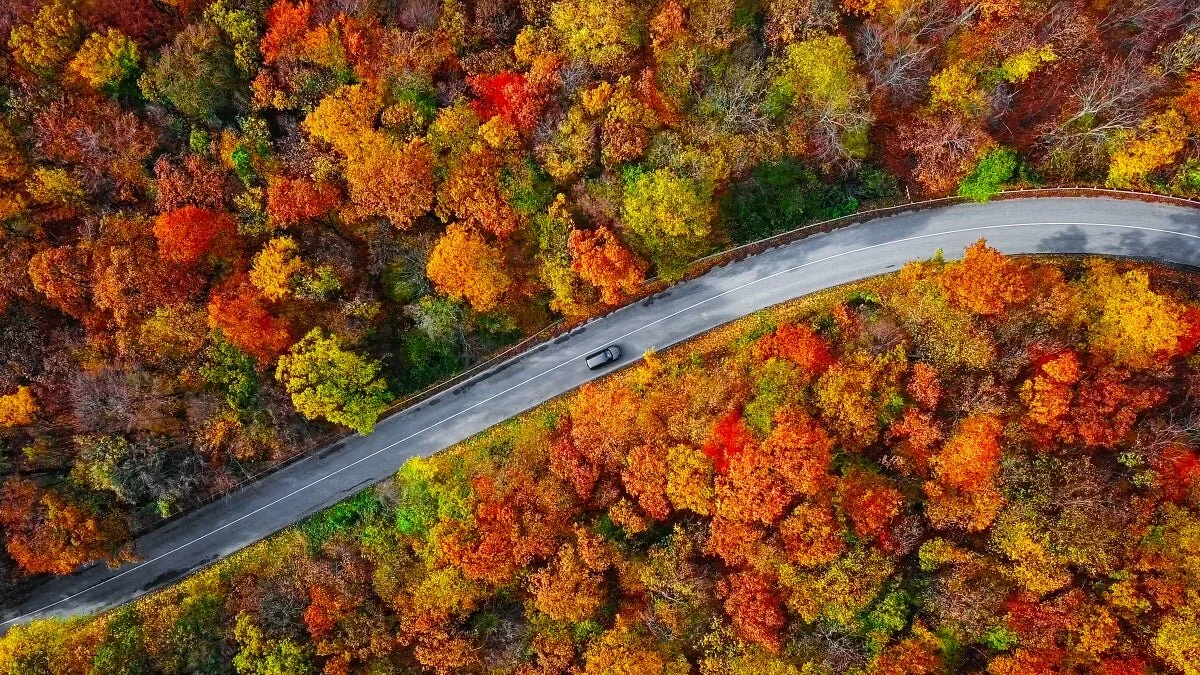In 1938, Wilfred Dexter and his wife, Polly, opened Polly’s Pancake Parlor in Sugar Hill, New Hampshire. In those early days, during the Great Depression, Polly began charting the weather daily, as well as attendance at the restaurant. She recorded temperatures and snowfall, and in autumn, she indicated the week when fall foliage was at its peak. As was the case then and even today: leaf-peeping season always resulted in an uptick in business.
Eventually, Polly and Will’s daughter, Nancy, took over the restaurant and continued her mother’s tradition of recording the weather and the fall foliage. These days, Nancy’s daughter, Kathie Côté, runs it alongside her husband. Kathie still keeps diligent, hand-written records on graph paper of the climate and fall colors and the impact on their day-to-day number of day-to-day customers. (Kathie’s daughter, Emily, has finally started putting the data online.)
“The weather doesn’t seem to make that big of a difference if customers come in or not. But when the leaves are changing colors, that’s our busiest season of the year,” says Côté.
Today those stacks of clipboards and binders of penciled-in spreadsheets remain one of the longest-standing records of peak season in New England. And scientists are turning to this data as part of continued study into how climate change is impacting its timing and quality.

